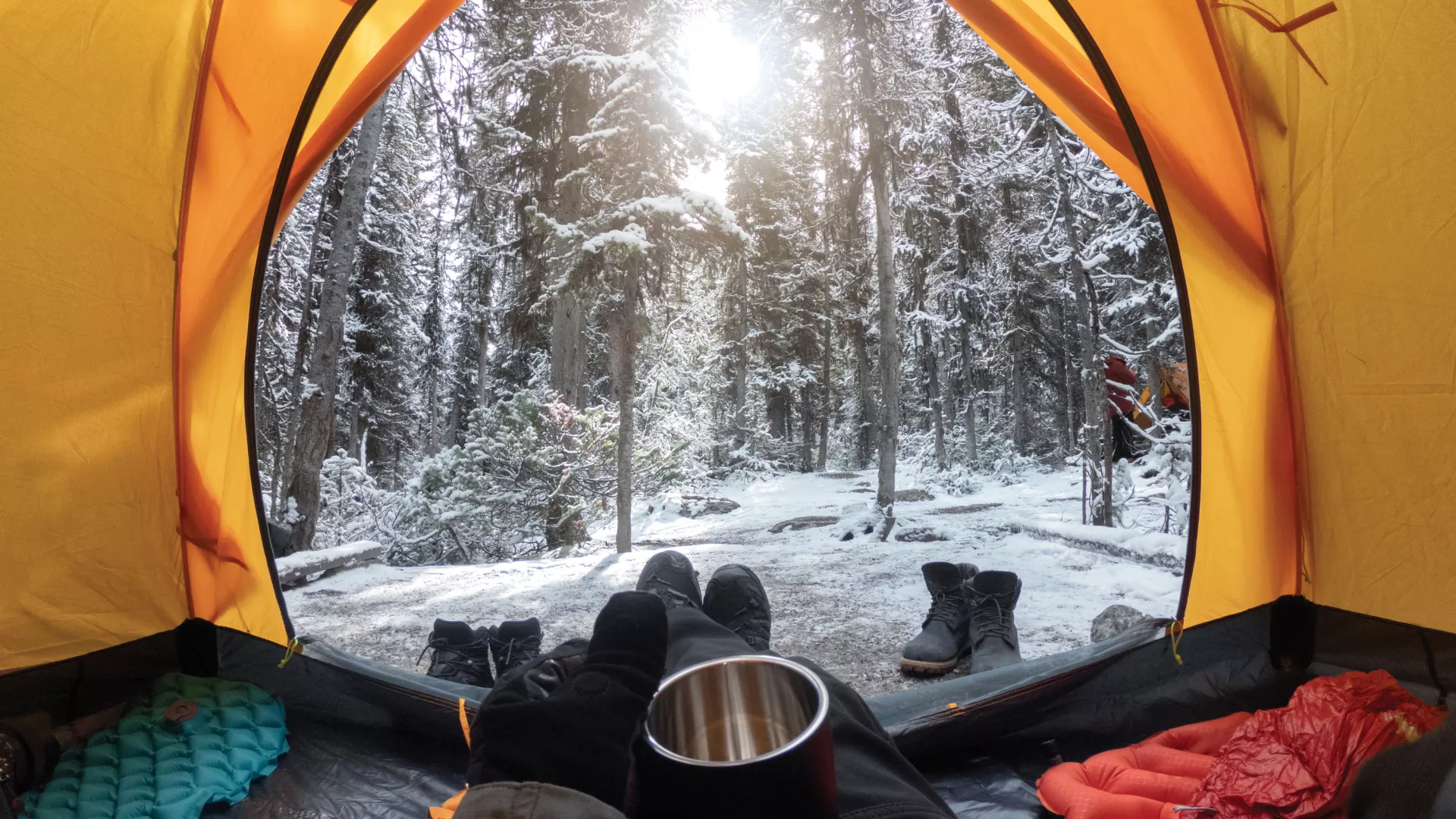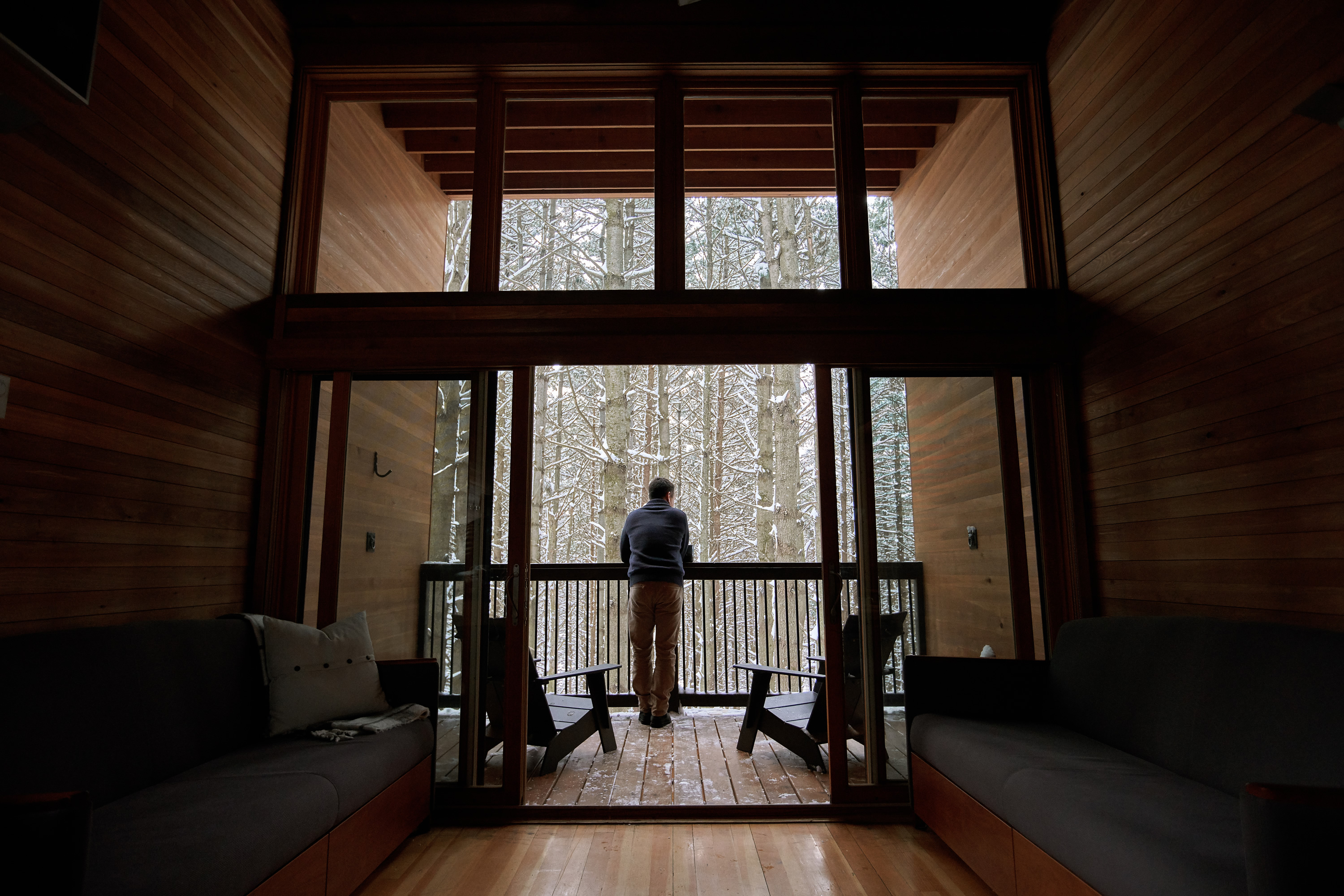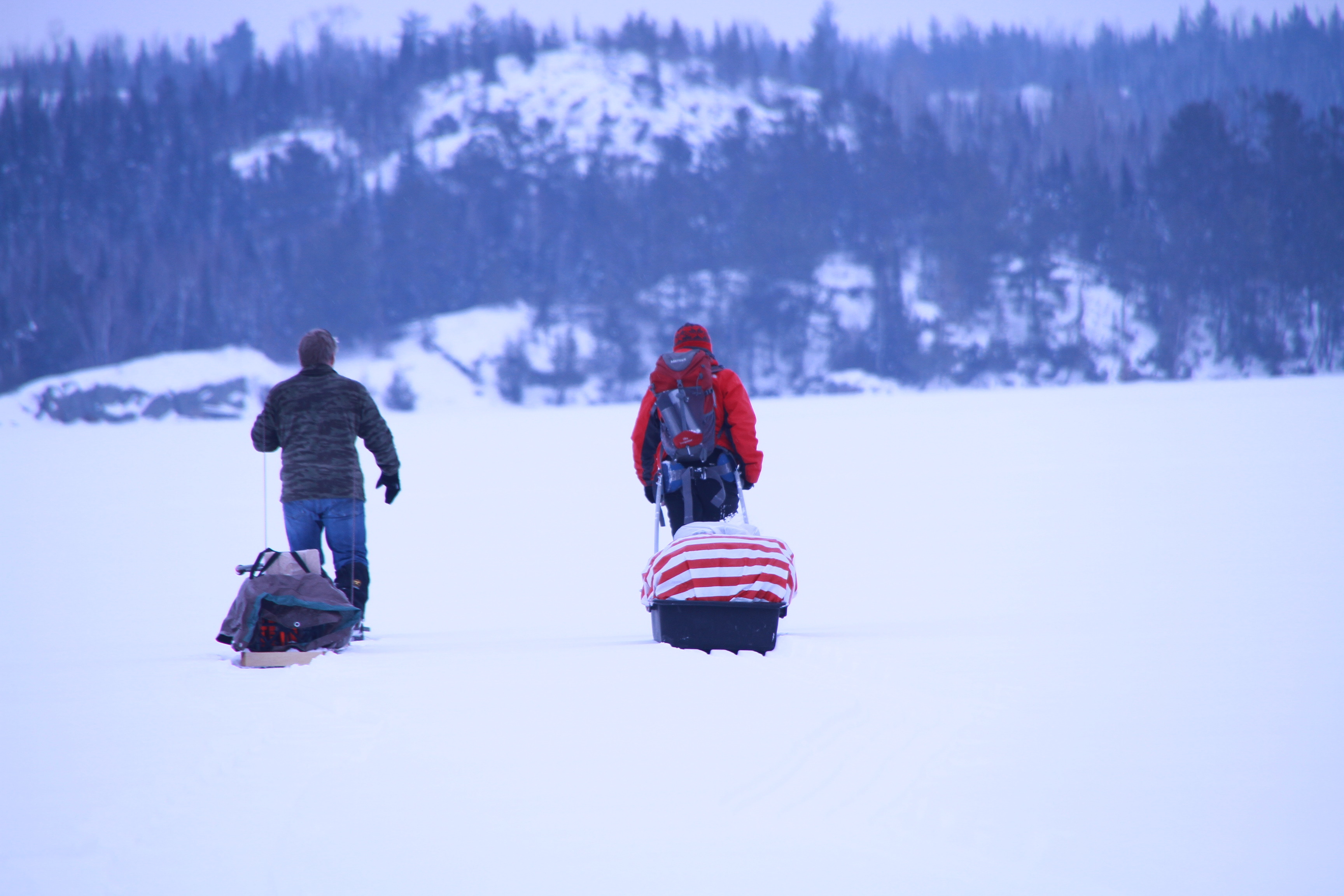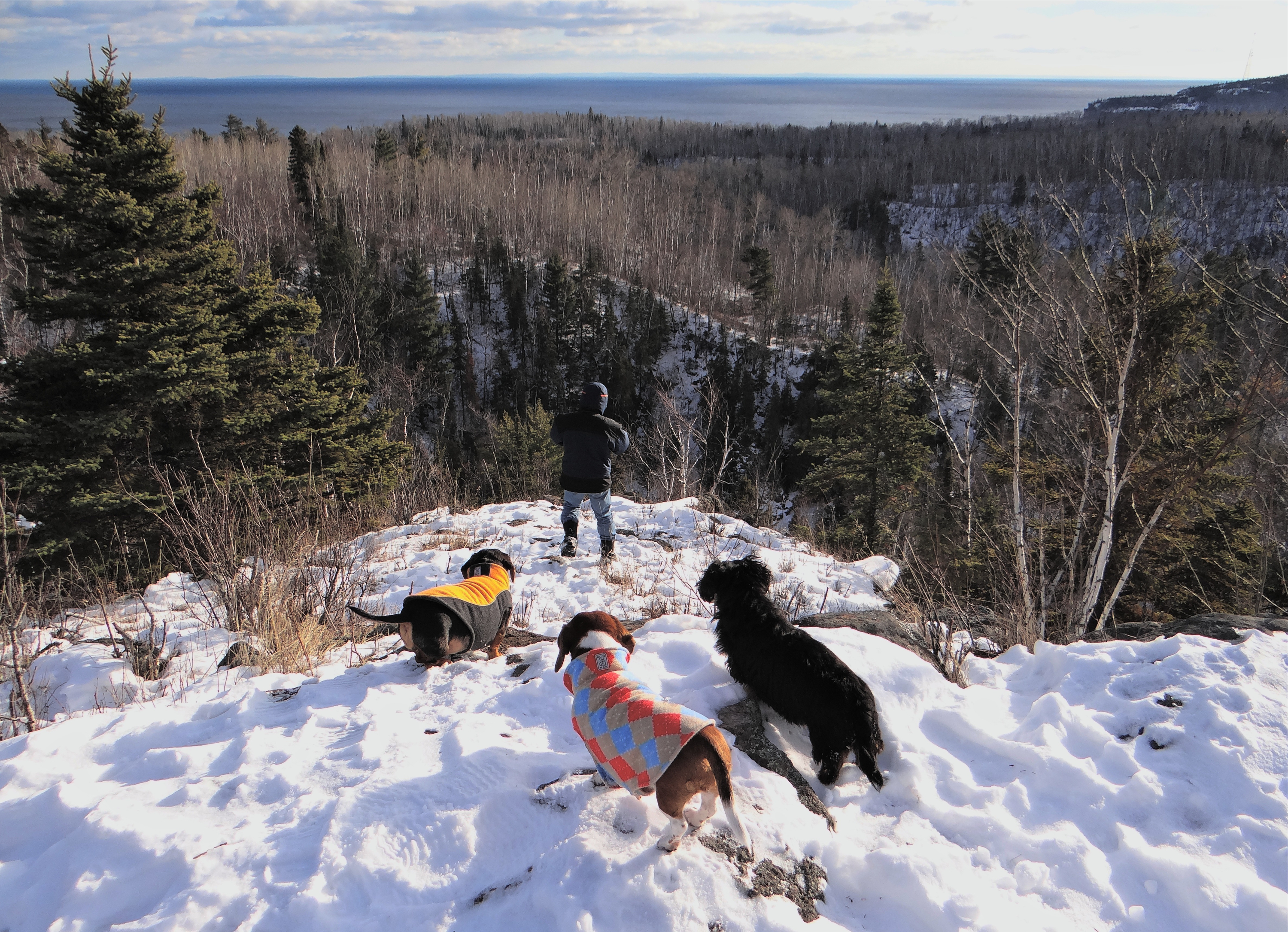
- Home
- Outdoors
- Camping In Minnesota
How to Go Winter Camping in Minnesota
For outdoor enthusiasts — of which there are many in Minnesota — the urge to camp during the coldest part of the year is just as strong as it is in the spring, summer or fall. Here is how you can seize the season alongside snow-covered landscapes and thousands of stars....
What are Minnesota's best winter camping sites?
According to representatives from Minnesota State Parks and Recreation Areas, it’s difficult to compare the state's winter sites because their offerings vary wildly. Some have electric sites, running water, showers, and/or firewood; some don’t. Some have cross-country skis and snowshoes to rent; some don't.
The best way to break down all of the available offerings is by looking at the Department of Natural Resources' current winter camping map. Once you've decided where you want to stay, you can visit that park's official page for site offerings and seasonal updates like what is, and is not, going to be plowed on snow days.

How many state parks have winter camping sites?
Tents can be set up at more than 20 state parks. Anyone looking for a little more protection from the elements can book one of more than 80 camper cabins within recreation areas and such Instagram-worthy spots as Whitetail Woods in Farmington or True North Basecamp in Cuyuna, which Outside featured in a roundup of the Best Trips to Take Right Now.
Camper cabins are a step up from sleeping in a tent, but more rustic than a hotel room. Those open during the winter are heated (electric, propane or wood-burning), and most also offer electricity.
With the exception of crockpots and coffeemakers, cooking isn’t allowed insider camper cabins, but all of them have a grill and/or fire ring outside. Cabins also have benches, tables, and bunkbeds with mattresses. Pets are not allowed in any of the cabins listed above except for True North.
Three state parks and recreation areas — Afton, Cuyuna and Glendalough — also offer yurts, which have their roots in ancient Turkey, where they were used as portable shelters. The yurts range in diameter from 16 to 20 feet. Each has a wood-burning stove, domed roof, windows, bunkbeds and a table. None have electricity, and neither cooking nor pets are allowed. In addition to state parks, campers also can find yurts in Ely and on the Gunflint Trail.

What's the most challenging winter camping in Minnesota?
There’s perhaps no greater challenge than primitive camping in the vast Boundary Waters Canoe Area Wilderness. Campers here use special tents that can handle wood-burning stoves and that reduce the build-up of condensation inside the tent.
According to the U.S. Forest Service, “Visitors who come to the wilderness during this time of the year have a very different kind of experience than those that visit during the summer season. You are less likely to run into other visitors and can experience a sense of solitude and self-reliance in a way that few other places allow. Winter wilderness travel requires a high degree of preparation, planning, skill and self-reliance.”

In addition to the Boundary Waters, Minnesota’s two national forests — Chippewa and Superior — allow what’s known as dispersed camping, whereby campers can stay outside of designated campsites throughout the year. The same goes for Minnesota’s 58 state forests. These are truly primitive experiences, in that amenities such as bathrooms and running water aren’t available.
Voyageurs National Park and three state parks — Frontenac, Itasca and Tettegouche — also offer winter tent camping in designated campgrounds. Tettegouche actually has full amenities, and its visitor center is part of a highway rest stop, so the bathroom portion stays open 24/7. So if you are freezing cold and need to come inside for a little break, you can always go to the visitor center for shelter. Having a year-round naturalist also means there are winter events you could attend.
Anything else I should worry about when it comes to winter?

